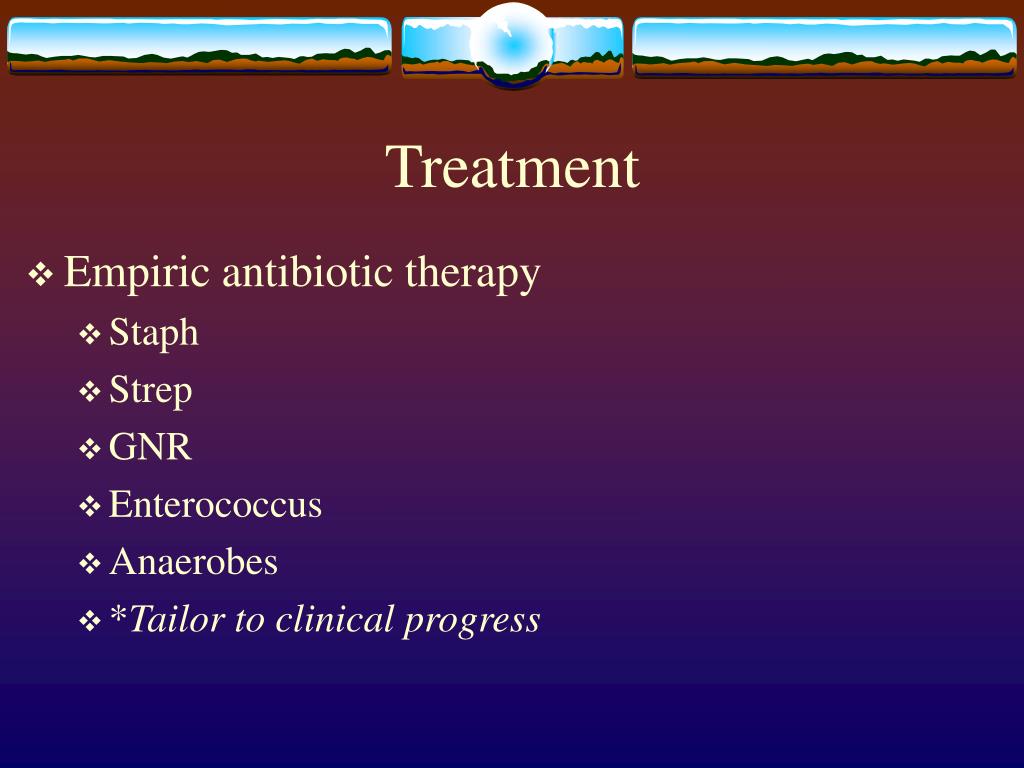Hyperglycemia System Disorder Template
Hyperglycemia system disorder template - This can happen if you're: Untreated hyperglycemia can lead to serious health problems. If you have type 1, you may not have given yourself enough insulin. It causes symptoms that are characteristic of diabetes, such as excessive thirst and hunger, increased urination, and fatigue. A number of things can cause hyperglycemia: A patient is termed diabetic with a fasting blood glucose of greater than 125 mg/dl. Hyperglycemia (high blood sugar) is an early warning sign of diabetes. Not having enough insulin for the carbohydrate you have eaten. The longer blood sugar levels stay high, the more serious symptoms may become. People with diabetes can also have blood sugar that's too low.
Web high blood sugar (hyperglycaemia) high blood sugar (hyperglycaemia) is where the level of sugar in your blood is too high. Hyperglycemia symptoms tend to begin gradually and may go unnoticed until more serious complications occur. Speak to your care team if your blood glucose levels are high and you: This happens because the body either cannot produce enough insulin to process the sugar in the blood or it cannot use the insulin effectively enough. A subject with a consistent range between ~5.6 and ~7 mmol/l is considered slightly.
Diabetic Nursing Care Plan Template Search Results Teaching plan
Not having enough insulin for the carbohydrate you have eaten. Web hyperglycemia usually doesn't cause symptoms until blood sugar (glucose) levels are high — above 180 to 200 milligrams per deciliter (mg/dl), or 10 to 11.1 millimoles per liter (mmol/l). Hyperglycemia (high blood sugar) is an early warning sign of diabetes.
PPT Diabetic Foot Infections Improving (or why I’m not going
Web hyperglycemia is the technical term for high blood glucose (blood sugar). A patient is termed diabetic with a fasting blood glucose of greater than 125 mg/dl. A number of things can cause hyperglycemia:
Diabetes Type 1 Infographics Cute Girl Stock Vector (Royalty Free
A subject with a consistent range between ~5.6 and ~7 mmol/l is considered slightly. Web hyperglycemia usually doesn't cause symptoms until blood sugar (glucose) levels are high — above 180 to 200 milligrams per deciliter (mg/dl), or 10 to 11.1 millimoles per liter (mmol/l). Not having enough insulin for the carbohydrate you have eaten.
Web hyperglycemia (high blood glucose) means there is too much sugar in the blood because the body lacks enough insulin. This is called low blood sugar (hypoglycaemia). A patient is termed diabetic with a fasting blood glucose of greater than 125 mg/dl. People with diabetes can also have blood sugar that's too low. Symptoms of hyperglycemia develop slowly over several days or weeks. Hyperglycemia symptoms tend to begin gradually and may go unnoticed until more serious complications occur. This can happen if you're: If you have type 1, you may not have given yourself enough insulin. Web hyperglycemia occurs when people with diabetes have too much sugar in their bloodstream. Speak to your care team if your blood glucose levels are high and you:
The longer blood sugar levels stay high, the more serious symptoms may become. Web high blood sugar (hyperglycaemia) high blood sugar (hyperglycaemia) is where the level of sugar in your blood is too high. Hyperglycemia (high blood sugar) is an early warning sign of diabetes. It mainly affects people with diabetes and can be serious if not treated. Web hyperglycemia is the technical term for high blood glucose (blood sugar). Not having enough insulin for the carbohydrate you have eaten. Untreated hyperglycemia can lead to serious health problems. Hyperglycemia should not be confused with hypoglycemia , which is when blood sugar levels go too low. High blood glucose happens when the body has too little insulin or when the body can't use insulin properly. A subject with a consistent range between ~5.6 and ~7 mmol/l is considered slightly.
Web hyperglycemia is blood glucose greater than 125 mg/dl while fasting and greater than 180 mg/dl 2 hours postprandial. You should aim to avoid spending long periods of time with high blood glucose levels. Web hyperglycemia is a condition in which an excessive amount of glucose circulates in the blood plasma. Associated with diabetes, hyperglycemia can cause vomiting, excessive hunger and thirst, rapid heartbeat, vision problems and other symptoms. This happens because the body either cannot produce enough insulin to process the sugar in the blood or it cannot use the insulin effectively enough. When your blood glucose levels are too high, it can cause hyperglycaemia (a hyper). It causes symptoms that are characteristic of diabetes, such as excessive thirst and hunger, increased urination, and fatigue. A number of things can cause hyperglycemia: Web hyperglycemia usually doesn't cause symptoms until blood sugar (glucose) levels are high — above 180 to 200 milligrams per deciliter (mg/dl), or 10 to 11.1 millimoles per liter (mmol/l).



Like This
1099 Timesheet Template
Adams Invoice Template